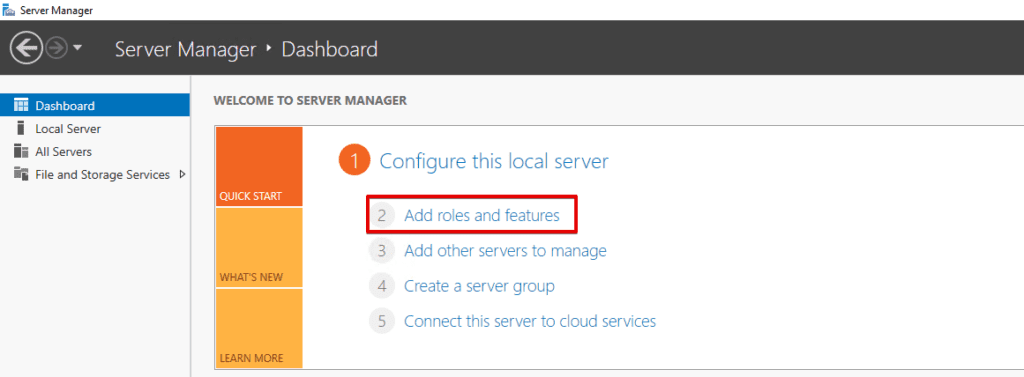

Note that the local Administrators group (and, by extension, the Domain Admins global group) is automatically granted this privilege in Active Directory.

You can customize the membership in the servers' built-in Remote Desktop Users group members of this group can establish RDP sessions to the server. We can then invoke the Get-NetFirewallRule PowerShell cmdlet to verify as shown in Figure 3.Įnable-NetFirewallRule -DisplayGroup 'Remote Desktop'

#INSTALL SERVER 2016 REMOTE DESKTOP SERVICES WINDOWS#
The next command enables the predefined "Remote Desktop" Windows Firewall rule. New-ItemProperty -Path 'HKLM:SystemCurrentControlSetControlTerminal ServerWinStationsRDP-Tcp' -Name 'UserAuthentication' -Value 1 -PropertyType dword -Force The next command creates and enables the UserAuthentication (Network Layer Authentication) value NLA is a good idea and you should consider enabling it by default on your servers. New-ItemProperty -Path 'HKLM:SystemCurrentControlSetControlTerminal Server' -Name 'fDenyTSConnections' -Value 0 -PropertyType dword -Force This makes sense, because we don't want to deny Terminal Services (TS) connections. This first one creates the fDenyTSConnections value and sets it to 0 (off). Open an elevated Windows PowerShell session and run the following commands. Windows PowerShellįrom a lower-level perspective, incoming RDP connections are enabled on a server through two Registry values and a Windows Firewall rule. NLA also conserves server system resources. Network Level Authentication (NLA) protects Windows Server against denial-of-service (DoS) attacks by requiring authentication to take place before any graphical session is established by the server. Select Allow remote connections to this computer, and optionally enable Allow connections only from computers running Remote Destkop with Network Level Authentication (recommended). The Remote Desktop hyperlink is simply a shortcut to the System Properties sheet from the System Control Panel item.


 0 kommentar(er)
0 kommentar(er)
